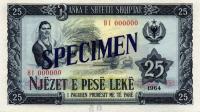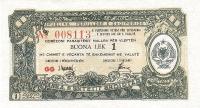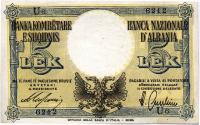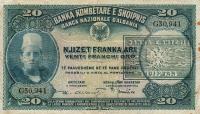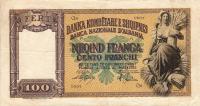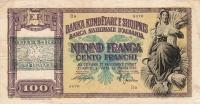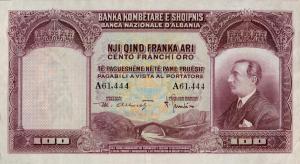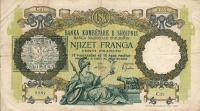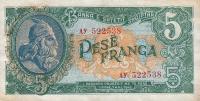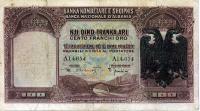
Country Information:
The Republic of Albania, a Balkan republic bounded by the rump Yugoslav state of Montenegro and Serbia, Macedonia, Greece and the Adriatic Sea, has an area of 11,100 sq. mi. (28,748 sq. km.) and a population of 3.5 million. Capital: Tirana. Since it had been part of the Greek and Roman Empires, little is known of the early history of Albania. After the disintegration of the Roman Empire, Albania was overrun by Goths, Byzantines, Venetians and Turks. Skanderbeg, the national hero, resisted the Turks and established an independent Albania in 1443, but in 1468 the country again fell to the Turks and remained part of the Ottoman Empire for more than 400 years. Independence was re-established by revolt in 1912, and the present borders established in 1913 by a conference of European powers which, in 1914, placed Prince William of Wied on the throne; popular discontent forced his abdication within months. In 1920, following World War I occupancy by several nations, a republic was set up. Ahmet Zogu seized the presidency in 1925, and in 1928 proclaimed himself king with the title of Zog I. King Zog fled when Italy occupied Albania in 1939 and enthroned King Victor Emanuel of Italy. Upon the surrender of Italy to the Allies in 1943, German troops occupied the country. They withdrew in 1944, and communist partisans seized power, naming Gen. Enver Hoxha provisional president. In 1946, following a victory by the communist front in the 1945 elections, a new constitution modeled on that of the USSR was adopted. In accordance with the constitution of Dec. 28, 1976, the official name of Albania was changed from the People's Republic of Albania to the People's Socialist Republic of Albania. A general strike by trade unions in 1991 forced the communist government to resign. A new government was elected in March 1992. In 1997 Albania had a major financial crisis which caused civil disturbances and the fall of the administration.




